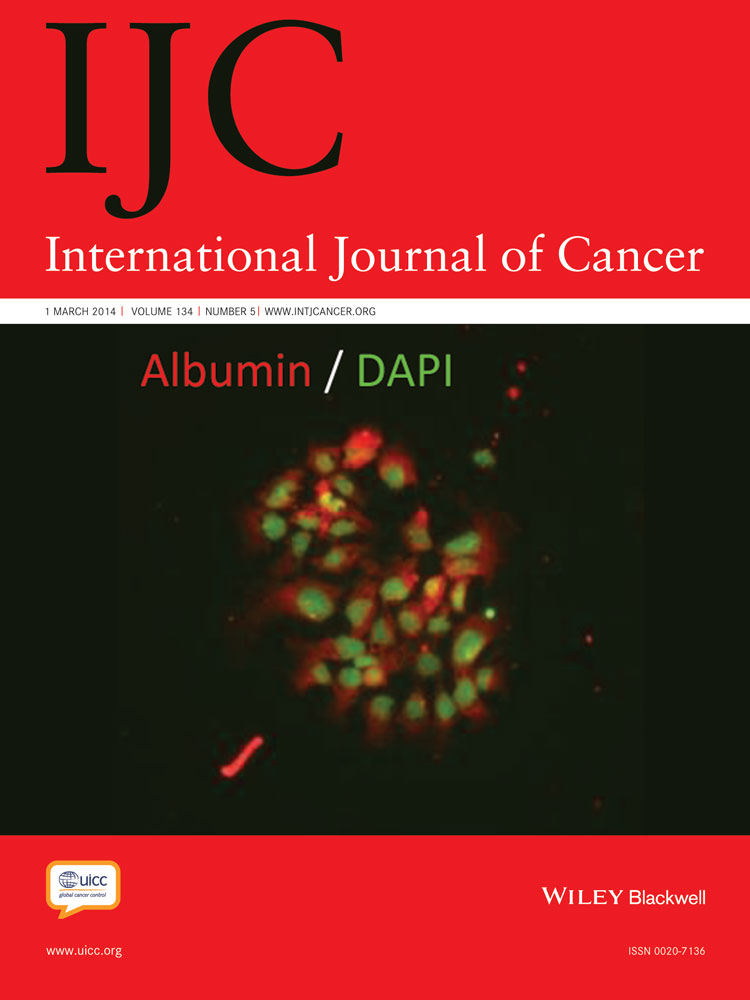PIAS3 activates the intrinsic apoptotic pathway in non-small cell lung cancer cells independent of p53 status
Abstract
Protein inhibitor of activated signal transducer and activator of transcription 3 (STAT3) (PIAS3) is an endogenous inhibitor of STAT3 that negatively regulates STAT3 transcriptional activity and cell growth and demonstrates limited expression in the majority of human squamous cell carcinomas of the lung. In this study, we sought to determine whether PIAS3 inhibits cell growth in non-small cell lung cancer cell lines by inducing apoptosis. Our results demonstrate that overexpression of PIAS3 promotes mitochondrial depolarization, leading to cytochrome c release, caspase 9 and 3 activation and poly (ADP-ribose) polymerase cleavage. This intrinsic pathway activation was associated with decreased Bcl-xL expression and increased Noxa expression and was independent of p53 status. Furthermore, PIAS3 inhibition of STAT3 activity was also p53 independent. Microarray experiments were performed to discover STAT3-independent mediators of PIAS3-induced apoptosis by comparing the apoptotic gene expression signature induced by PIAS3 overexpression with that induced by STAT3 siRNA. The results showed that a subset of apoptotic genes was uniquely expressed only after PIAS3 expression. Thus, PIAS3 may represent a promising lung cancer therapeutic target because of its p53-independent efficacy and its potential to synergize with Bcl-2 targeted inhibitors.
Abstract
What's new?
The ability of protein inhibitor of activated STAT3 (PIAS3) to inhibit the growth of lung cancer cells in vitro suggests that it may be a valuable therapeutic target for the disease. But while PIAS3 is known to exert its effects through its blockade of STAT3 transcriptional activity, how it actually inhibits cell growth has remained unclear. In this study, overexpression of PIAS3 was found to trigger the intrinsic apoptotic pathway and uniquely activate a subset of apoptotic genes. These activities occurred independent of p53, indicating that PIAS3 could be of special importance in combatting p53 mutant cancer cells.




